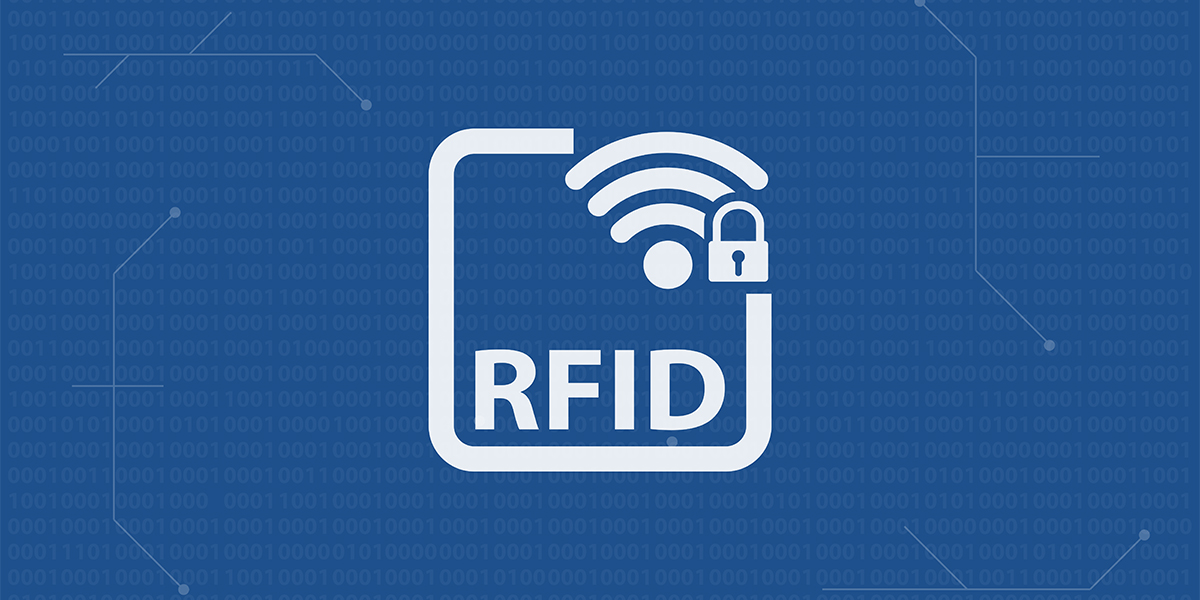Dead and gone, or more alive than ever? New examples from the field demonstrate where investment in RFID would pay off for food companies. Yet, there are particular areas where barcodes are the best option for identification tasks.
Radio Frequency Identification, short RFID, is a sender-receiver technology for automatic no-contact identification and localization of objects by means of radio waves. It needs two units: a transponder and a reader. This setup makes RFID a promising technology for food enterprises: “There are many areas where RFID speeds up the processes even under the most difficult conditions, enables automatic identification, and establishes detailed traceability,” says RFID expert Armin Burbach.
RFID supplies complete information to IT systems
According to Burbach, new RFID applications are constantly developed. The technology plays out its greatest strength in container management: In food operations, the physical movements of containers (e.g. crates) needs to be captured precisely and, in real time. This is the prerequisite for automatic portrayal, interpretation, and exact tracing of material flows in IT systems. RFID is the best fit for this, as the transponders supply complete information to the ERP system or other planning and execution systems. Two current examples from the field that I find particularly impressive:
Dairy labels its loading carts
A dairy recently started labeling its loading carts with RFID chips. In component preparation, the staff uses hand-held scanners to register the carts at the scale so they can be verified automatically in batching. This increases the transparency of inventory management and improves the traceability. Additionally, the work for automated data capture is reduced substantially, which leads to improvements in the overall process reliability while reducing the costs. One of the key benefits of this technology: RFID communicates smoothly with the ERP system, ensuring reliable information processing without manual rework.
Oyster farm labels oyster sacks and baskets
Its robustness makes RFID an optimal technology for the use in water, for example in oyster farming, sacks and labels can be tagged. The registration in the ERP system is performed at filling of the sacks after receiving, in QA spot checks at sea, and at the entry and exit of weight and size sorting. In this case, RFID again improves traceability and stock on hand management. Additionally, it facilitates precise production evaluations.
Good alternative to bar codes
The positive development of the technology was by no means foreseeable. Although RFID has organized and automated the gigantic high-bay crate warehouse of the Swiss-based Bell Group 15 years ago, the big breakthrough took time to materialize. The main reason for this silence was that many companies were not yet prepared to pay the high costs for the transponders.
In the background, more and more new business cases were created. RFID has become a well-established tool for the main identification tasks in the food industry because it enables so-called bulk reading, i.e. the reading of multiple transponders at the same time. “For food companies, transponders provide a real alternative to barcodes as they simply work better particularly in humid environments or at the gambrels in track storage facilities,” Burbach explains. The comparably cheaper barcodes are the better option in uses with large reading distances, such as high-bay raw material storage facilities.
Trade chains require RFID from their suppliers
In light of the many benefits, some trade chains require that their suppliers use the technology. For example, Hack AG supplies the Metro chain with fresh and frozen pastries – and uses RFID for its internal logistics and in the inventory. “Without any additional work in the operational process, as the technology automatically handles the information management in our ERP system,” reports IT manager Thomas Hoppe.
Plateau of productivity likely to be reached
Rise, fall, return: The history of RFID technology follows the Hype Cycle by the renowned Gartner analysts virtually as planned. The model invented by Jackie Fenn describes the life cycle stages of technologies by means of five key phases:
Phase 1: Technology Trigger
Phase 2: Peak of Inflated Expectations
Phase 3: Trough of Disillusionment
Phase 4: Slope of Enlightenment
Phase 5: Plateau of Productivity
Currently the technology may have passed the slope of enlightenment and reached the plateau of productivity. The maturity of RFID is increasing, and the second and third generations are successfully being used in the field. It remains to be seen whether the technology will eventually reach the mass market or even become a new identification standard.
Integrating RFID
It is however clear that food companies today cannot only deal with the topic in theory. There is a clear case for integrating RFID in the communication and identification processes of food enterprises. Besides labeling of transport units, animals or products, RFID could be useful for access control, authentication, or time entry.


